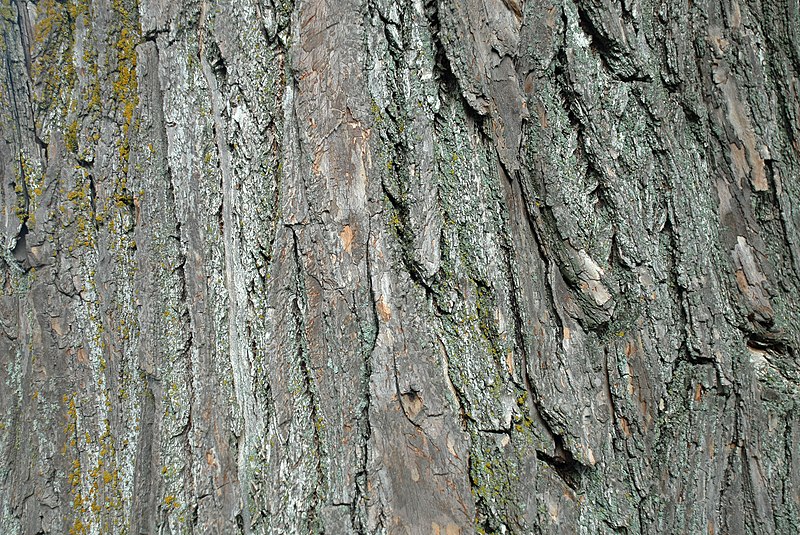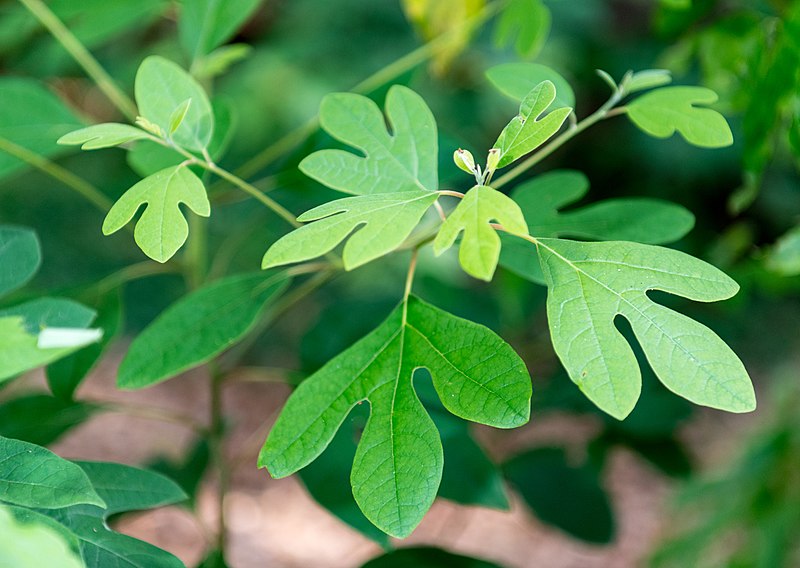Sassafras Identification – Sassafras albidum
Heads up
The sassafras tree, scientifically known as Sassafras albidum, has unique features and notable importance in history, it’s a fascinating tree to identify and learn about. The sassafras is part of the Lauraceae family, often referred to as the laurel family. Apart from the botanical name, this tree has other names it goes by, including Cinnamon Wood and Mitten Tree. This last nickname hints at the unique shape of its leaves. The tree primarily originates from Eastern North America.
The sassafras has been quite important historically, especially to Native American communities. The oils extracted from it were used in tonics for medicinal purposes. Even today, its leaves and oils find their way into food products and fragrances. In fact, the tree’s roots were traditionally used to flavor root beer. The dried and ground leaves produce filé powder, a staple in some gumbo recipes.
Sassafras: Key Parts in Photos




Where to find it
The sassafras is versatile. It’s commonly found throughout North Carolina, excluding higher mountain areas. The tree flourishes in various habitats, and as it’s resistant to heat, drought, and soil compaction, it’s a hardy tree that can thrive in different conditions.
How to identify Sassafras
The most distinguishing feature for those familiar with trees is the sassafras’s bark. It’s aromatic, brown, and is deeply furrowed, meaning it has deep grooves and ridges. When you snap a twig or scratch the bark, a spicy scent emerges, a characteristic feature of the sassafras.
One of the other distinct features of the sassafras tree is its leaves. A single tree can have different shapes of leaves – some are oval without any lobes, others have distinct lobes. These leaves, spanning 4 to 6 inches in length, are medium green, turning a stunning array of reds, oranges, and yellows in the fall.
While the leaves are unique, the tree also sports bright yellow-green flower clusters in early to mid-spring. These flowers are small, and male and female flowers grow on separate trees. The female trees produce a blue, fleshy fruit known as a drupe, attached to a red stalk. These drupes are not just decorative; they’re a favorite food of many birds and animals.
